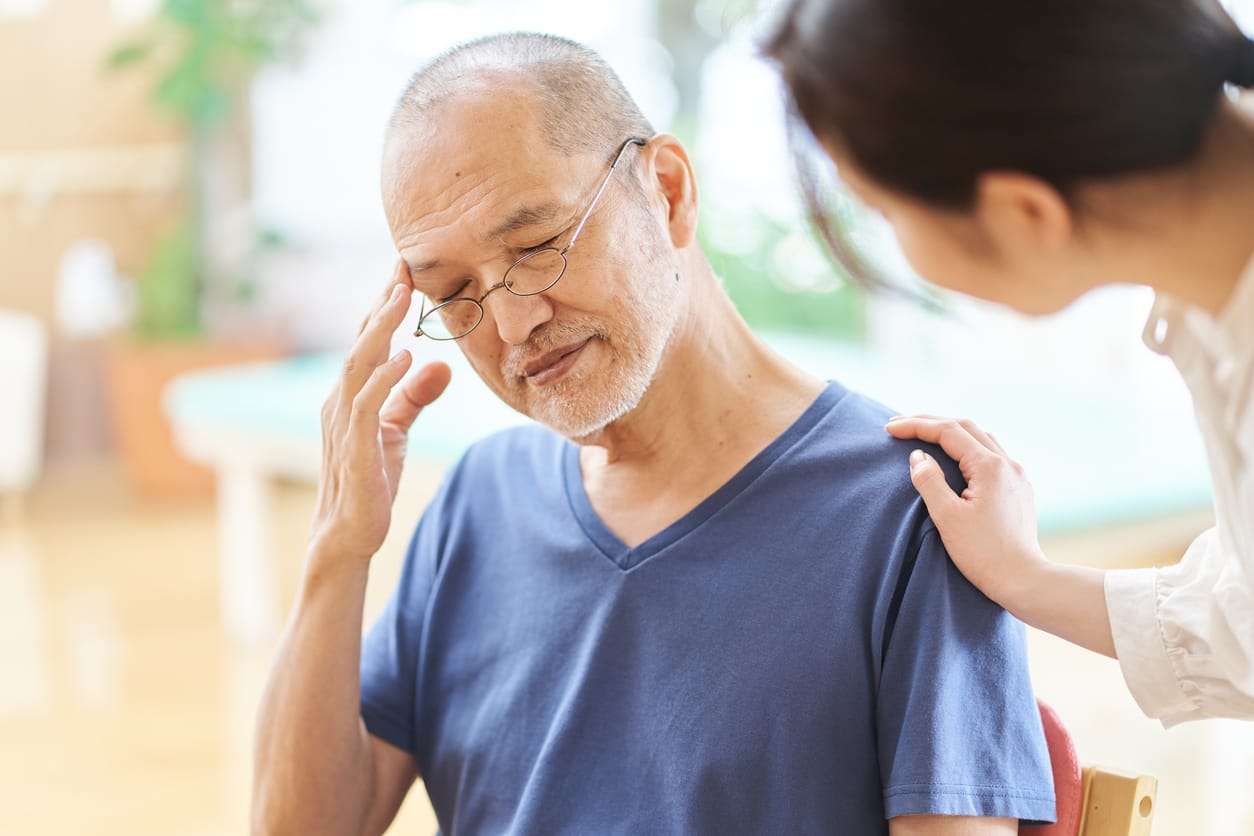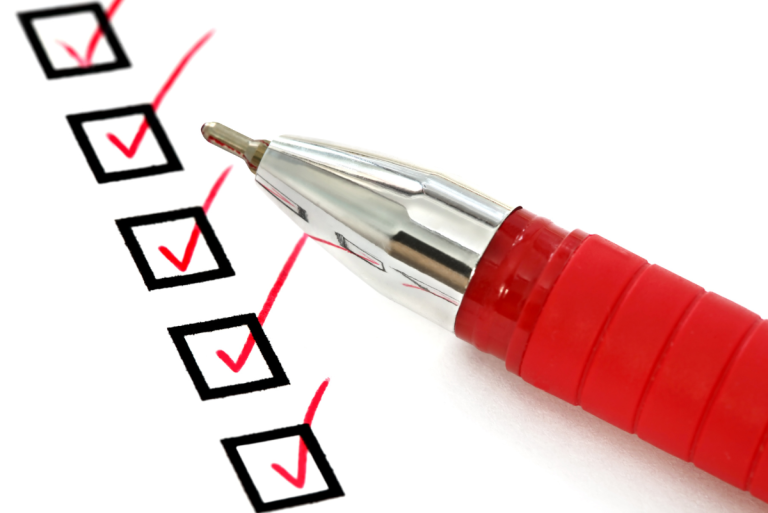Protecting our elderly loved ones from heat-related illnesses is a vital responsibility, especially given their increased vulnerability due to age-related physiological changes, chronic health conditions, and medication side effects that impair temperature regulation. Recognizing the early signs of heat exhaustion and heat stroke is essential to prevent severe health consequences. This introduction aims to highlight the risks and prepare caregivers to ensure the safety and health of seniors during warmer conditions.
Understanding Heat-Related Illnesses
As caregivers, recognizing the difference between heat exhaustion and heat stroke is critical, as these conditions vary significantly in their severity and the urgency of the response they require. Heat exhaustion is often a precursor to heat stroke, serving as a vital warning that immediate action is needed.
Heat Exhaustion develops when the body overheats and loses significant amounts of water and salt through excessive sweating. Symptoms of heat exhaustion include muscle cramps, fatigue, dizziness, headaches, nausea, and fainting. The skin may appear cool and moist, which signifies the body's effort to regulate its temperature. Effective responses to heat exhaustion include moving the individual to a cooler place, encouraging them to drink water or electrolyte-rich fluids, and applying cool, wet cloths to their body to aid in cooling down.
Heat Stroke represents a more severe, life-threatening condition and is recognized as a medical emergency. It occurs when the body's temperature control system, which helps regulate heat, fails, causing body temperature to rise to 104°F (40°C) or higher. Symptoms are more severe and include hot, red, dry, or damp skin, a rapid and strong pulse, severe headache, dizziness, nausea, confusion, or unconsciousness. Immediate medical intervention is necessary to prevent permanent damage to vital organs such as the brain, heart, and kidneys.
Signs and Symptoms of Heat Exhaustion
Recognizing the signs and symptoms of heat exhaustion is imperative, especially during the warmer months when risks are heightened for our elderly loved ones. Heat exhaustion is a concerning heat-related illness that can escalate rapidly if not addressed promptly.
Symptoms to watch for include heavy sweating, which indicates that the body is attempting to cool itself. When accompanied by weakness, cold, pale, and clammy skin, these signs suggest that the body's temperature regulation is struggling. Other symptoms may include fainting, vomiting, and general fatigue, signaling the need for immediate action.
If any of these symptoms are observed, the following steps should be taken promptly to prevent the condition from worsening into heat stroke, which is far more dangerous:
- Move to a Cooler Location: Help them into an air-conditioned room or a shady area if outdoors.
- Lie Down and Loosen Clothing: Encourage lying down and relaxing. Loosen or remove any tight clothing to help reduce body heat.
- Apply Cool, Wet Cloths: Place cool, wet cloths or ice packs on the forehead, back of the neck, armpits, and other areas to help cool the body down quickly.
- Sip Water: If they are fully conscious and do not feel nauseated, provide small sips of water to help rehydrate. Avoid caffeine or alcohol as these can lead to further dehydration.
Taking these actions can greatly assist in stabilizing their condition and preventing the progression to heat stroke. Being vigilant about these signs and knowing what to do is essential to ensure the safety and well-being of elderly individuals in high temperatures.
Signs and Symptoms of Heat Stroke
Heat stroke is a severe medical condition that can be life-threatening, particularly for the elderly loved ones, who are more susceptible due to their diminished ability to cope with high temperatures. Recognizing the signs and knowing the immediate actions to take are critical for family caregivers.
The symptoms of heat stroke include a high body temperature, typically above 103°F (39.4°C), which is a primary indicator of this severe condition. The skin may appear hot, red, dry, or moist. Another significant symptom is a rapid and strong pulse, suggesting a high level of stress on the heart. Additionally, the individual may experience confusion or lethargy, and in severe cases, may become unconscious.
In the event that these symptoms are observed, the following urgent actions should be taken:
- Call 911 Immediately: Heat stroke is a medical emergency that requires professional medical intervention as soon as possible.
- Move to a Cooler Environment: While waiting for emergency services, move the person to a cooler place, such as a shaded area or an air-conditioned room, to start reducing their body temperature.
- Cool the Body: Apply cool cloths or ice packs to the person’s head, neck, armpits, and other areas to help lower their body temperature. If feasible and the person is conscious and coherent, you might consider a cool bath to more rapidly cool the body.
- Do Not Give Fluids: Unlike heat exhaustion, where hydration is necessary, do not give fluids if heat stroke is suspected. This precaution is due to the risk of swallowing difficulties or vomiting, which could lead to choking or aspiration if the person is confused or unconscious.
Immediate recognition and response to the signs of heat stroke can significantly influence the outcome, potentially saving the life of our elderly loved ones. As caregivers, understanding these urgent measures can prepare us to act swiftly and effectively in these critical situations.
Preventative Measures to Avoid Heat-Related Illnesses
Ensuring the health and safety of our elderly loved ones during hot weather involves proactive measures to prevent heat-related illnesses. As family caregivers, it is crucial to implement strategies that minimize heat exposure and enhance comfort. Here are effective steps to take:
- Stay Hydrated: Encourage your elderly loved ones to drink plenty of fluids throughout the day, regardless of their level of physical activity. Hydration is key to helping their bodies regulate temperature efficiently. It's important to avoid beverages that contain caffeine or alcohol, as these can increase dehydration.
- Wear Appropriate Clothing: Opt for lightweight, light-colored, and loose-fitting clothing. These types of clothes help keep body temperature down by allowing air circulation and reflecting rather than absorbing the sun’s rays.
- Understand Medication Impacts: Be aware of how medications may affect the body’s response to heat. Some medications can impair the body's ability to sweat or regulate temperature. Consult with healthcare providers to understand any potential risks associated with your loved one’s medications and consider adjustments during extreme heat.
- Stay Indoors During Peak Heat: Avoid going outside during the hottest parts of the day, typically from late morning to late afternoon. Keeping your loved ones indoors in an air-conditioned environment can significantly reduce the risk of heat-related illnesses.
- Use Cooling Products: If staying inside is not possible, use cooling products like cooling towels, hats, and neck wraps. These products can provide immediate relief and can be particularly effective during necessary outdoor activities.
Implementing these preventative measures can significantly reduce the risk of heat exhaustion or heat stroke in elderly individuals, providing peace of mind to family caregivers that their loved ones are better protected against the dangers of high temperatures.
Tips for Caregivers
Caring for elderly individuals during the hot weather months requires vigilance and preparation. Here are essential tips for family caregivers to effectively monitor their loved ones and prepare for potential heat-related emergencies.
Monitoring
It's crucial for caregivers to closely observe seniors for signs of heat exhaustion and heat stroke. Elderly individuals may not always communicate their discomfort or recognize the symptoms themselves. Look for signs such as excessive sweating, weakness, dizziness, confusion, and high body temperature. Monitoring is especially important if the senior has communication difficulties or cognitive impairments. Regularly check on them and be alert to any changes in their physical or mental state that could indicate distress due to heat.
Emergency Preparedness
Being prepared for heat-related emergencies can make a significant difference in response effectiveness. Here are some tips to ensure you’re ready:
- Keep Emergency Contacts Accessible: Maintain a list of emergency contact numbers, including the local emergency services, the nearest hospital, and a backup contact in case you are unavailable. Keep this list in a prominent place and save the numbers in your phone.
- Know Hospital Locations: Familiarize yourself with the location of the nearest hospital and the quickest route to get there. If you care for someone in a rural or isolated area, know where the closest medical facility is located.
- Prepare a Heat Emergency Kit: Put together a kit that includes water bottles, cooling towels, a battery-operated fan, a first-aid kit, and any necessary medications with clear instructions on their use. Keep this kit readily accessible during the summer months.
- Educate Yourself on First Aid: Knowing basic first aid for heat-related illnesses can be life-saving. Familiarize yourself with the steps to take in case of heat exhaustion or heat stroke while waiting for professional medical help.
By staying vigilant and prepared, caregivers can protect their elderly loved ones from the dangers of extreme heat, ensuring their well-being during the warmer season
Resources and Support
Caring for elderly loved ones during intense heat periods requires access to appropriate resources and tools. Many communities offer cooling centers—air-conditioned public spaces open during heatwaves for those without home air conditioning. Additionally, local health departments and community centers often run senior safety programs with services like hydration stations and educational workshops on recognizing heat-related illnesses. For real-time monitoring, apps like Weather Underground or the National Weather Service can provide updates on the heat index and send heat warnings directly to your phone. Utilizing these resources and technologies helps caregivers protect their elderly family members by creating a safer, more informed environment during hot weather.
In conclusion, vigilance against heat-related illnesses is essential, particularly for seniors who are more vulnerable during hot weather. It's crucial to prioritize safety and take preventative measures to ensure their well-being. By sharing this information with friends and loved ones, we can spread awareness and help protect those at risk. Please consider discussing these strategies with your community and share how you plan to stay cool and safe during the upcoming hot months. Together, we can ensure a safer summer for all our elderly family members.





